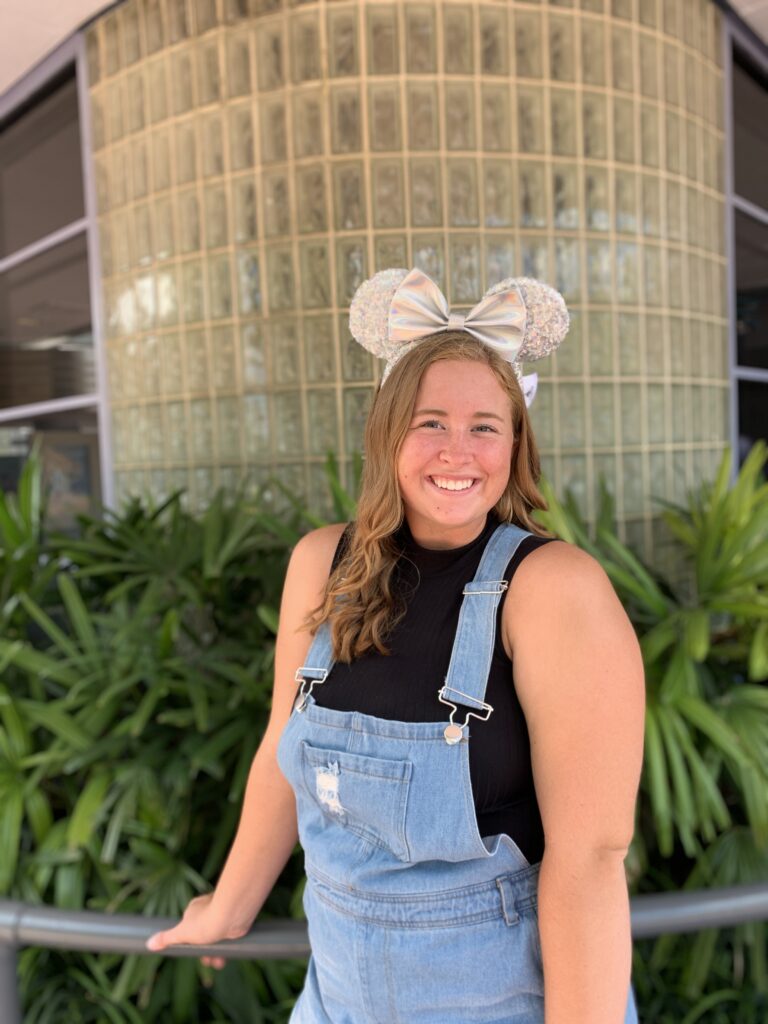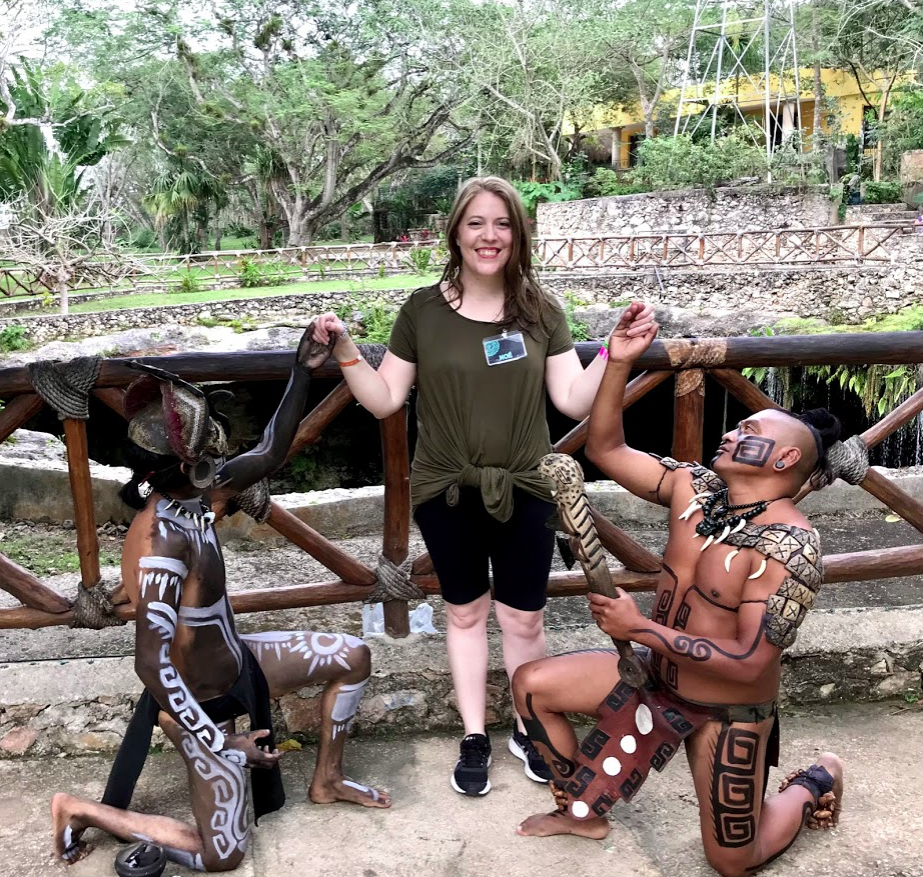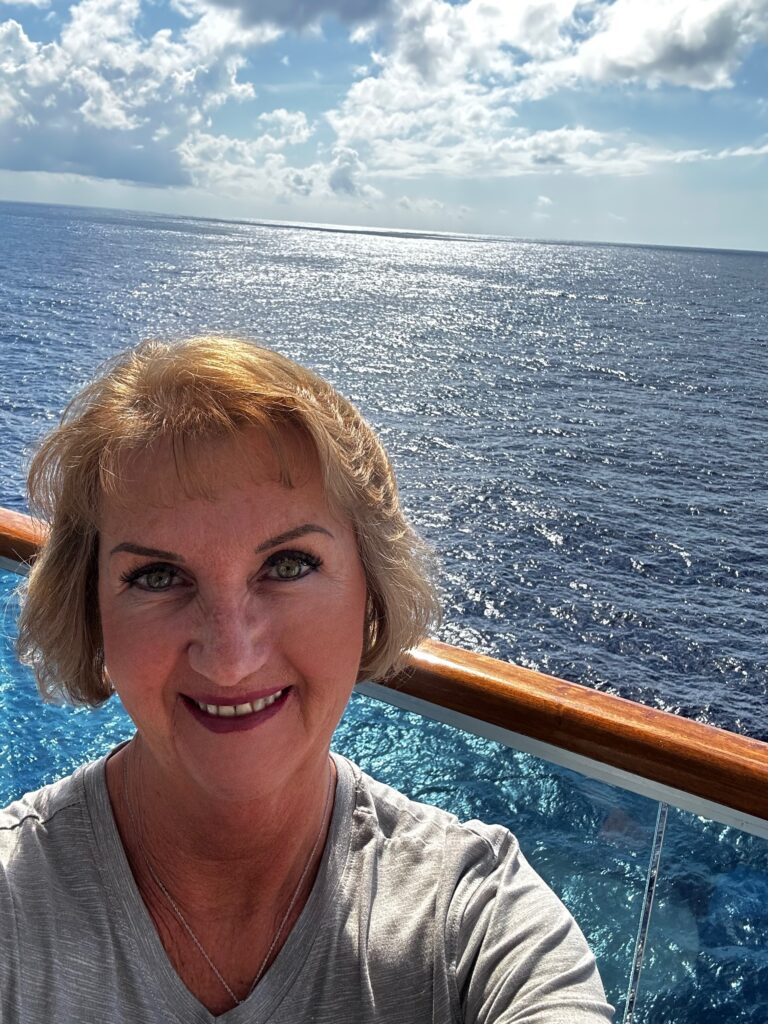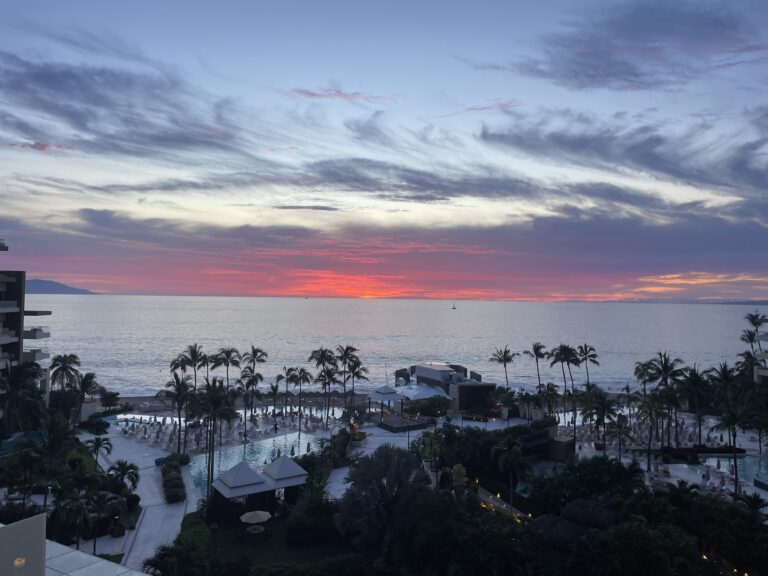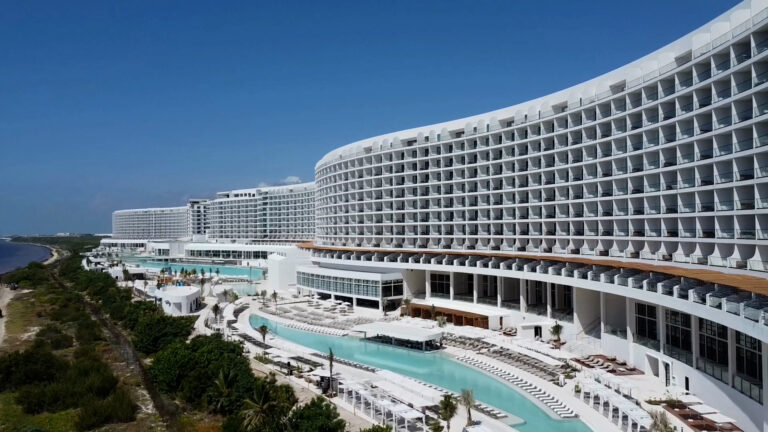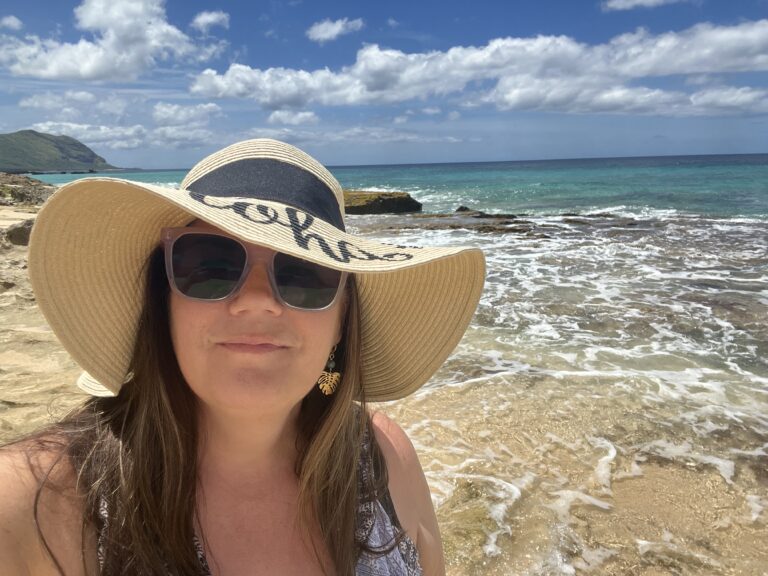Overview
Introduction
Near Napoopoo, just south of Captain Cook, is Kealakekua Bay, where Cook's ships made their unwise anchorage in 1779. You can see a tall white marble obelisk that commemorates the bay as the place where the explorer was killed. The monument, at the far northern end, marks the spot where Cook was mortally wounded in a skirmish with the Hawaiians.
A steep and difficult hiking trail leads down to the Cook monument from the highway above the north end of the bay. You can also see the monument from Hikiau Heiau, a well-preserved temple in the parking lot at Napoopoo Beach County Park. Book a tour or rent kayaks for up-close exploration.
Nearby is the heiau where islanders sang Cook's praises when they first thought he was an incarnation of a revered deity. The bay is now a marine-life conservation district with good diving and snorkeling.
Kealakekua Bay is 17 mi/27 km south of Kailua-Kona.
Overview
Introduction
The Oregon and Mormon Trails converged in Kearney, Nebraska, and the travelers flowing through the town in the mid-1800s helped it grow into one of the prominent communities along the Platte River. Kearney (pronounced KAR-nee) is located 185 mi/297 km southwest of Omaha.
Pioneer history is the focus of the Fort Kearny State Historic Park (6 mi/10 km south of town). The fort was established in 1848 to assist the pioneers and protect against attacks by Native Americans. It later served as a station for the Pony Express and as a telegraph office. Abandoned for some time, the historic park now contains a restored stockade and other replicated buildings, including a working blacksmith shop, lookout posts and powder magazine. The visitors center has a multimedia show depicting the fort's history.
The Great Platte River Road Archway Monument straddles Interstate 80 just south of Kearney. Built directly over the highway to symbolize the importance of transportation in Nebraska's history, the monument houses a museum that uses high-tech multimedia to tell the story of pioneers, railroaders, interstate highways and the lasting effects of all three on the U.S. Visitors don wireless headsets and proceed through exhibits that simulate travel by covered wagon, a buffalo stampede and a visit to a drive-in theater. You can top off your visit by aiming a radar gun at the traffic zooming by below the arch.
Kearney is also a center for viewing the migrating sandhill cranes between March and mid-April. The Iain Nicolson Audubon Center at Rowe Sanctuary is a prime spot for the birds, with the action taking place at dusk and dawn, when the cranes land and take off.
Overview
Introduction
At a breathtaking 14,000 ft/4,265 m (with an azure sea sparkling below), Mauna Kea is one of the best spots on Earth to explore the heavens: The Mauna Kea observatory complex has 13 major astronomical telescopes. Free stargazing programs are presented each evening, weather permitting, at the Onizuka Center for International Astronomy Visitor Information Station. Phone 808-961-2180. http://www.ifa.hawaii.edu/info/vis.
Ascending Mauna Kea is a challenging undertaking. The roads can be treacherous (rental car agencies frown on making this trip in anything but a four-wheel-drive vehicle), and the thin atmosphere at the high altitude can affect stamina and concentration. On your way up, stop at the Onizuka Center for at least an hour to acclimate yourself to the altitude, learn more about the observatories and get some safety tips.
People with histories of health problems and pregnant women should not go to the summit because of the extreme conditions (children younger than 16 are not allowed to go to the top). Those who do go should keep in mind there are no services of any kind at the summit. Guided summit tours are available Saturday and Sunday afternoons—meet at the information station at 1 pm. (You must have a four-wheel-drive vehicle.) Located 9,200 ft/2,800 m above sea level, the Mauna Kea Visitor Information Station (VIS) hosts a free stargazing program Tuesday, Wednesday, Friday and Saturday 6-10 pm. Reservations are not necessary.
Mauna Kea is also one of the most exotic places on Earth to snow ski (January-March). However, there are no tows, lifts or ski facilities of any kind on the mountain, and conditions are unpredictable and ungroomed. You and your group can either rent a four-wheel-drive vehicle and take turns driving to the top, dropping the others off and picking them up at the bottom, or you can hire a guide to drive you. For information and details, contact Ski Guides Hawaii. Phone 808-885-4188. http://www.skihawaii.com.
West of the observatory is the Mauna Kea State Recreation Area, which rents self-contained cabins and dormitory lodges, and allows hunting for game birds, wild boar and sheep in season. Phone 808-974-6200.
Mauna Kea is 50 mi/80 km northeast of Kailua-Kona.




















